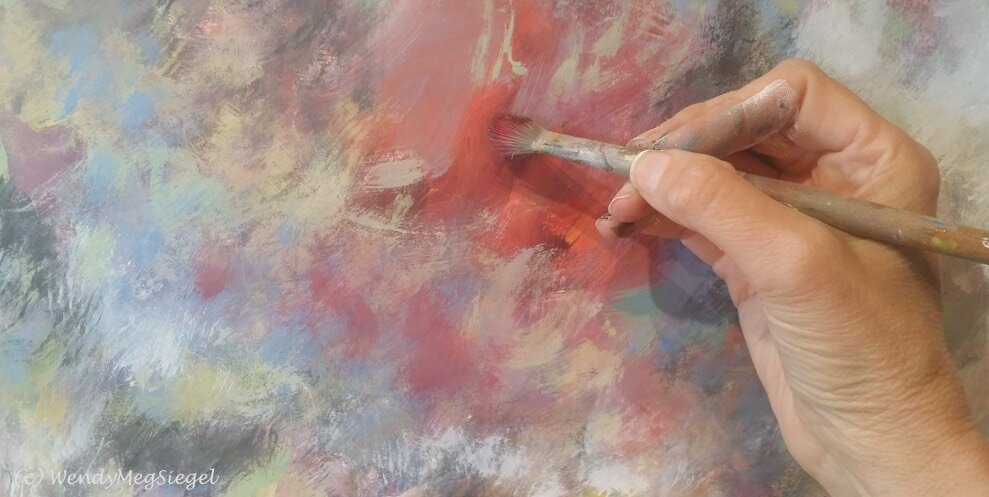What inspires you? What zings you?
Inspiration is a powerful force that sparks creativity, ignites ideas, and moves us toward meaningful action. It can lead to moments of clarity, personal growth, and unlimited possibilities. By paying attention to what excites and energizes you, you open the door to self-expression and fulfillment.
For me, inspiration has been a guiding light throughout my life, especially with music. Classical music, in particular, has been deeply intertwined with my creative journey. From childhood, it has moved me, accompanied me in the studio, and influenced multiple painting series. Nearly two years ago, music led me to an unexpected breakthrough—transforming the way I create. While drawing to music, I discovered a new process, a fresh method, and an exhilarating creative flow.
When you follow your inspiration, you tap into your true potential. It encourages you to explore new ideas, step outside your comfort zone, and cultivate a mindset of growth. Each moment of inspiration is an opportunity for self-discovery—uncovering hidden possibilities, sparking passions, and refining skills that propel you forward.
Music continues to shape my artistic expression. It carries me on emotional journeys, inspires movement, and becomes an unseen collaborator in my work. Many of my recent paintings have been directly inspired by the classical pieces that have stirred my heart for years—the ones that move me to tears, stop me in my tracks, and often show up on auto-play in my mind before I even wake up. This deep connection has influenced nearly all of my artwork over the past 21 months.
In the coming weeks, I’ll be sharing images of my paintings, sketches, and process, as well as reflections on how music has shaped my work. In an upcoming blog post, I’ll delve into my music inspired process and more on how this journey began and has developed.
What role does music play in your life? What inspires you to create?
You may also be interested in:




















